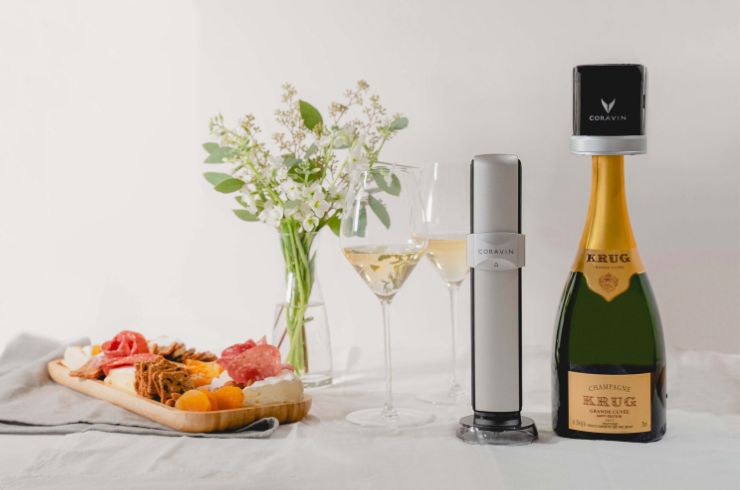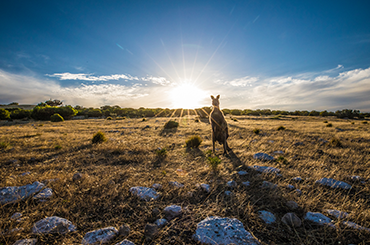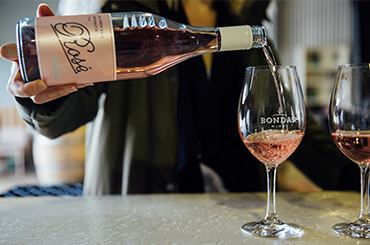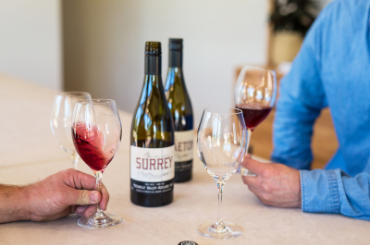A mention of the Hunter Valley conjures the traditional giants of industry – Mount Pleasant, Tyrrell’s, Brokenwood, to name a few. Their clean-cut and archetypal semillon, chardonnay and shiraz wines are firmly etched into the collective psyche of wine drinkers both here and abroad.
And rightly so, the Hunter Valley boasts the very beginnings of Australian table wine thanks to pioneering winemaker Maurice O’Shea’s lauded Mount Pleasant tenure. He carved out an indelible and history-defining path for others to follow. And follow they did. Much of Australia’s wine royalty set young feet on this path in the scenic valley 165km north of Sydney, James Halliday among them. And while the claws of big business took hold of the region for a time, there’s now a coterie of younger winemakers breathing freshness and youthful exuberance into the region.
Angus Vinden has experience with both tradition and modernity in the Hunter. His family label, Vinden Wines, was founded in 1990 with the second-generation winemaker coming to the helm in 2015. Since then, he’s continued to drive the traditional styles forward under Vinden Wines as an homage to his founding parents, while also launching two newer-school labels in ‘Headcase’ and ‘Experimental’. It’s with these projects that he enjoys the freedom to explore beyond the steeped traditions, though with no modicum of disrespect.

“You need to understand the rules before you start breaking them,” he says. “The Hunter is the oldest commercial grape growing region in Australia, and it does have some traditional aspects to it. But I also think that most of the great wine regions were built around tradition. So, I see that as the bedrock, the springboard for what we do.”
Under the Headcase and Experimental labels from the 2022 vintage, you’ll find Polkobin Blanc – a multi-varietal blend with a mix of fermentation on skins, clay amphora, stainless steel and neutral French oak. There’s the Shiraz Nouveau, which is partially fermented in concrete and made into a light and bright, chillable red. Or the Charmless Man, which is an experimental blend of alicante bouschet, cabernet, tempranillo and shiraz. All three wines weigh in at a breezy 11.5% ABV.
“If you look at where the Adelaide Hills was 20 years ago, there was Shaw + Smith, Petaluma, The Lane Vineyard and a few others,” he says. “These were very traditional producers. There wasn’t a lot of exciting viticulture or the likes of the Basket Range in all its power and glory now. It was considered a very traditional wine region, like the Hunter is now. It took the younger generation to come through and shake things up a little bit.”
And as for the future, Angus holds idyllic optimism. “I think in a lot of ways we’ll start to go towards the more producer-driven domains. I think the era of big business with Treasury and Rothbury [wine estates] is dead. Like in Burgundy, we produce small quantities of fruit, we’re not high tonnage, so to grow here you have to farm well.”
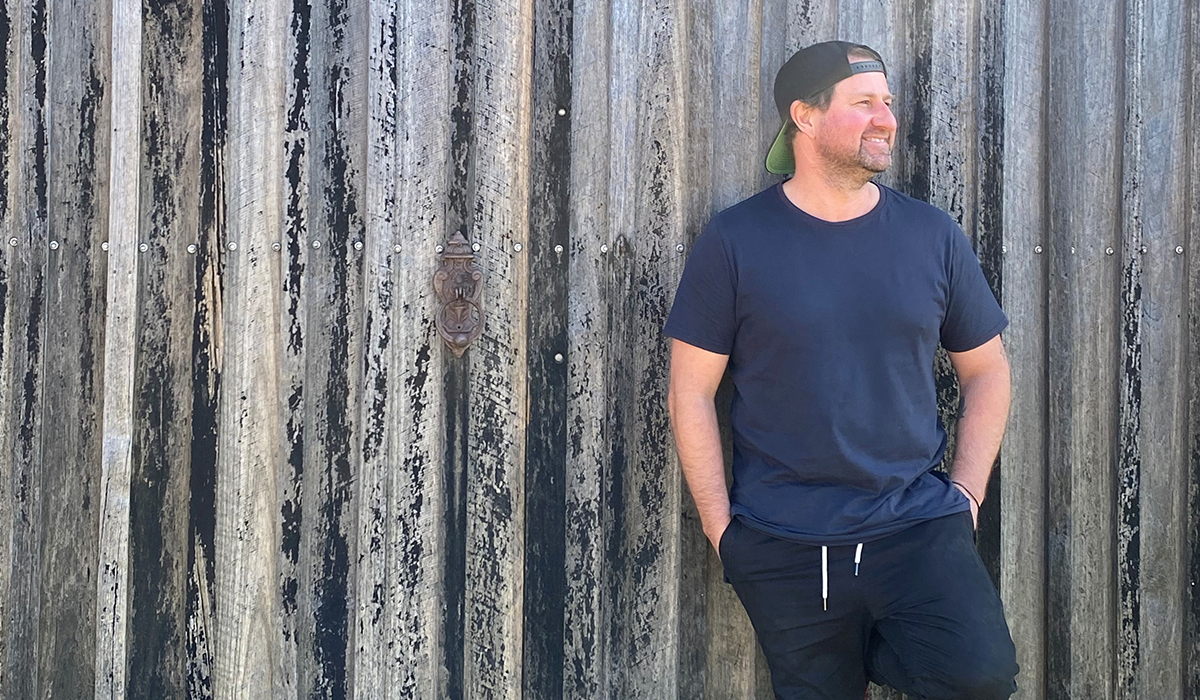
Usher Tinkler doesn’t shy away from pushing the boundaries, in fact he flat out shoves through them. His ‘Death by Semillon’ is fermented on skins, is unfined and unfiltered, sees full mlf and four months in French oak, resulting in a full and textural wine that’s a far cry from the classic tight, lazer-like citrusy semillon styles we’ve come to know. He sees wines like these being more prevalent in future.
“When I first made the Death by Semillon there was probably only one other producer making a similar style,” he says. “And now there’d be 12 or more. There’s definitely a trend away from trying to make that classic style. Classic is great and still appreciated, but there’s also a very progressive style coming along with semillon and I think that’s where we’re seeing a lot more skin contact, more richer and developed, drink earlier, creative and artistic styles.”
Despite the light-hearted aesthetic, it’s clear that Usher takes his role very seriously, and there’s an earnestness in his voice when he talks about his role as a winemaker in the Hunter.
“It’s important that we’re artisans first, that we’re making wines of interest. Not just wines that are scripted to win gold medals,” he says. To be clear, Usher isn’t contemptuous towards traditional producers, but certainly has strong feelings when it comes to a dogmatic approach.
“With such an old wine region, a lot of producers have been led to believe that one style of making wine is the way to go forward when realistically there are so many other ways,” he says. “I don’t want to make boring wines that are safe bets. I find when I run tastings, the wines that excite people the most are the weirdest and wackiest ones that would never get anywhere in a wine show.”

M&J Becker Wines is a wife-and-husband run producer going against the grain. When I speak to James Becker (husband of Meagan Becker) on the phone, he’s in the process of cooking dinner for their kids, and I get the feeling that multi-tasking might be a big part of his day-to-day. The dishes clash and clang in the background, but James doesn’t skip a beat. “Everything we do is wild fermentation, primary and secondary,” he says. “Everything is unfined and unfiltered. We hand bottle everything ourselves.” And as for the reason behind it? “This philosophy gives us a really sincere expression of seasonality and regionality. We’re not trying to add anything or take anything out.”
Meagan and James work with fruit from two states, one of which isn’t even in the country. “We focus on New South Wales and California,” says James. “I specifically fell in love with chardonnay and pinot noir when I worked in the Sonoma Coast. The Hunter Valley’s not well known for its pinot, so we had to get in the car and head around the state looking for where good pinot was.”
Outside of sourcing from other regions, the couple are exploring options that might make life easier down the line. “We’re working with some new disease-resistant varieties,” he says. “We’ve planted different varieties like schonburger, which is planted fairly extensively through England, a country that has similar issues with wet weather during the harvest period. Aromatically its beautiful, it holds really nice acid, it’s probably one of the most hardy crops that we get year in year out.”
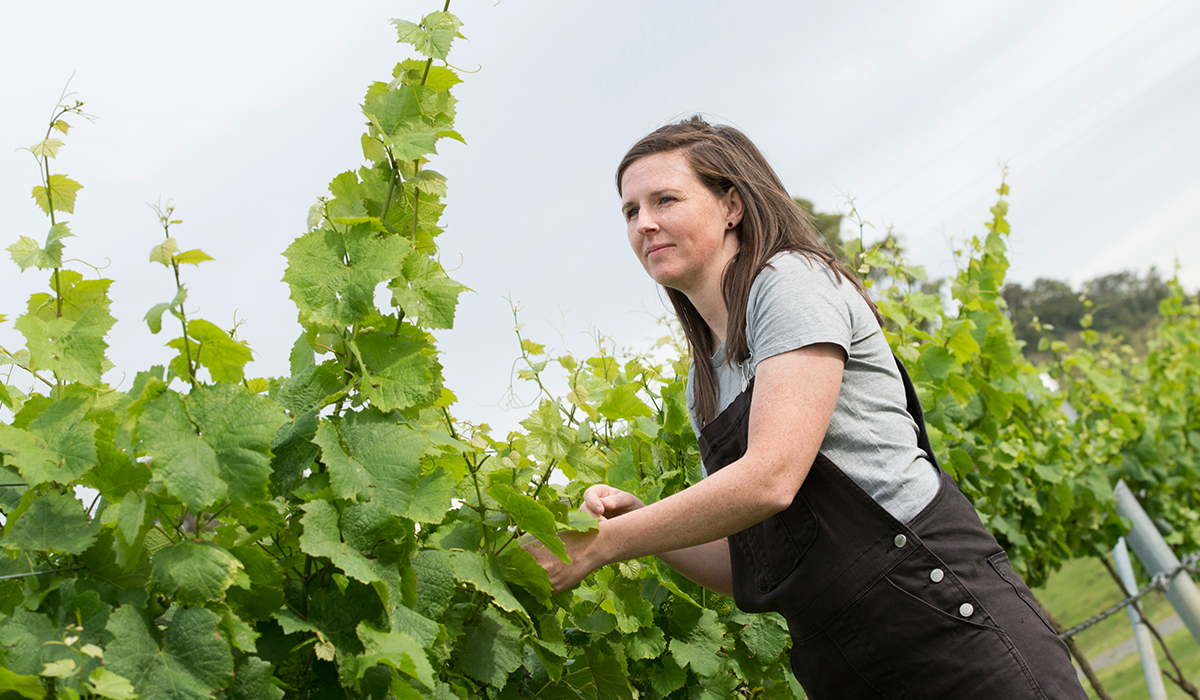
Another producer on the avant-garde scene is Sabi Wabi, a new-school label by Hunter born and bred winemaker Peta Kotz. The name and the project are inspired by the ancient Japanese philosophy of wabi-sabi, or finding beauty in imperfection. Peta puts the classic Hunter varieties on show, though through a different lens. “The big one is the semillon. I do a lot of skin-contact semillon, which is kind of taboo in the Hunter Valley,” she laughs. “I love traditional Hunter Valley semillon; it’s not something that I’m trying to dismiss. I just want to show the variety in a new light.”
Peta has witnessed first-hand the shift in people’s interests of late. “Working in a sales role over the past 10 years, I’ve seen a lot more young people visiting,” she says. “People’s tastes are broadening. They’re looking for new and exciting things.”
“Youth is wasted on the young,” said Irish playwright George Bernard Shaw. Well, clearly, he didn’t come across youth such as that on the Hunter wine scene today.

